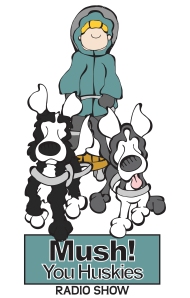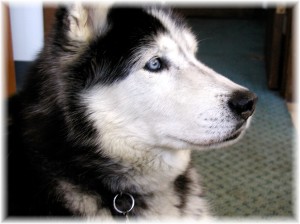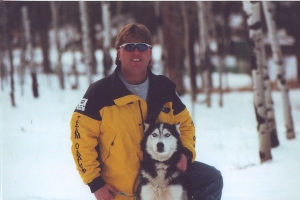The Willow (Alaska) Dog Mushers Association is holding its annual Symposium next weekend!
 Two amazing days of dogs, information, history and fun! Keynote speaker: Mary Shields, first woman to run and finish the Iditarod (in 1974)! Speakers, demonstrations, hands-on workshops and activities for ALL breeds of dogs, awards, gear swap, vendors, movie, dinner, and a silent auction. The Mushing History Conference will be held in conjunction with the symposium. Come join us! Please invite your friends by sharing this event. All dog lovers are welcome!
Two amazing days of dogs, information, history and fun! Keynote speaker: Mary Shields, first woman to run and finish the Iditarod (in 1974)! Speakers, demonstrations, hands-on workshops and activities for ALL breeds of dogs, awards, gear swap, vendors, movie, dinner, and a silent auction. The Mushing History Conference will be held in conjunction with the symposium. Come join us! Please invite your friends by sharing this event. All dog lovers are welcome!
When: Saturday, September 25 at 10:00am – September 26 at 6:30pm
Where:
Willow Community Center
MP 69.9 Parks Hwy
Willow, AK 99688
For more information please visithttp://www.willowdogmushers.com
________________
Dr. Robert Forto is the national dog sledding examiner, a musher training for his first Iditarod under the Team Ineka banner and the host of the popular, Mush! You Huskies radio show








